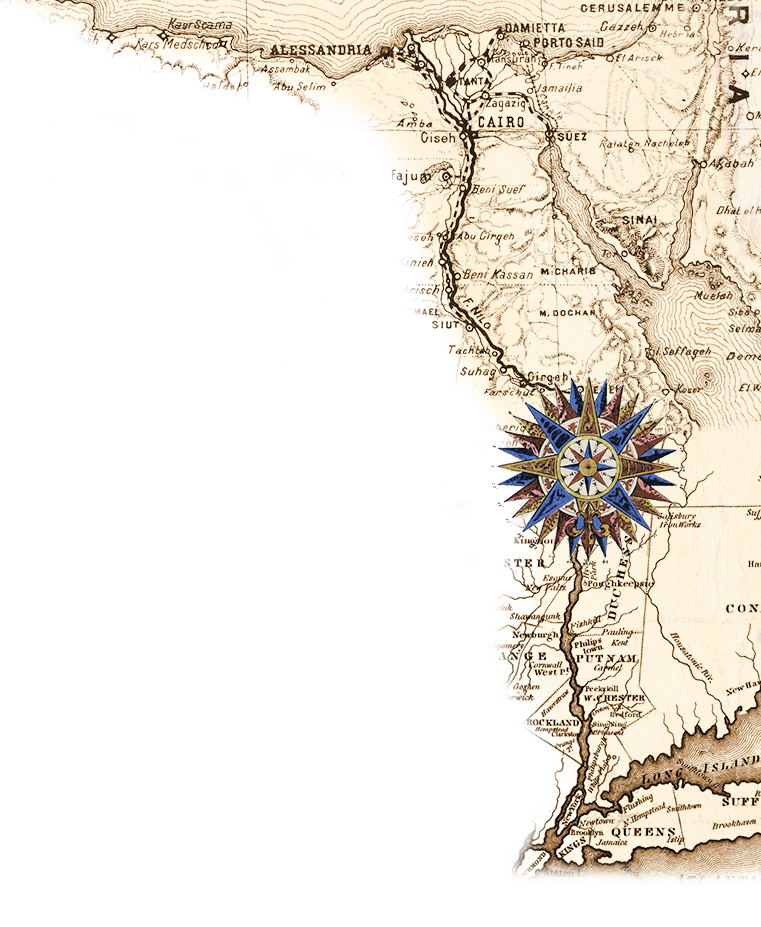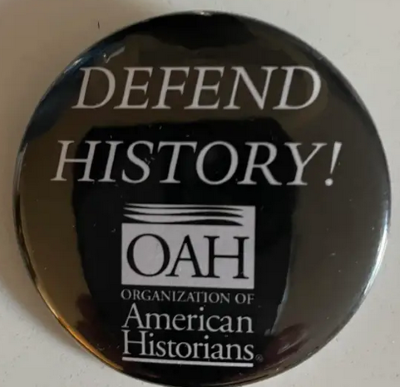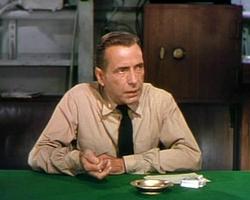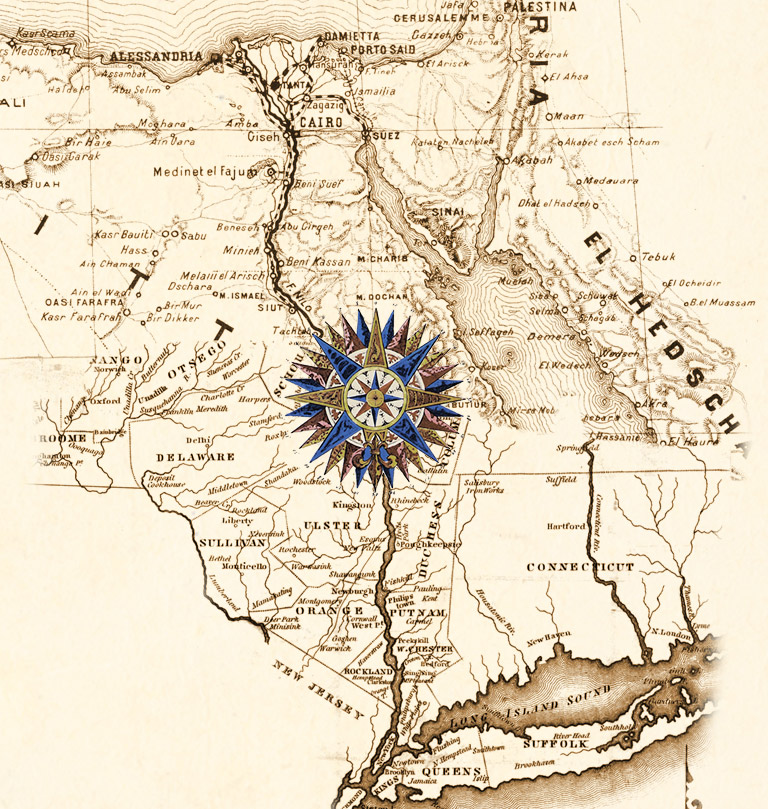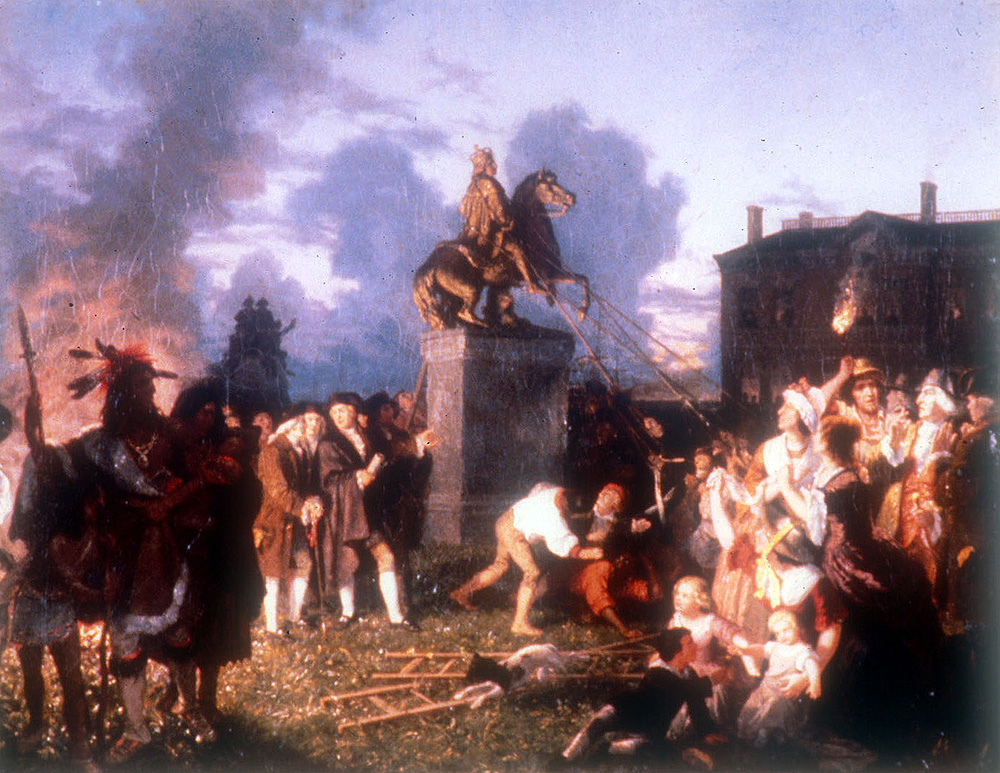
The New York State 250th Commission is up and running. I have attended two state-wide meetings in person (in Albany) and some online meetings as well. So I can vouch for its existence. So how is it doing? What is going on?
Visit Philadelphia launches national campaign to lure visitors for America’s 250th anniversary (press release)
With America’s 250th anniversary now just 10 months away, Visit Philadelphia has launched a $9 million campaign to encourage people from around the world to explore the City of Brotherly Love.
New York State’s budget is $5 million for the entire state with about half going to NYS Parks and NYS Education. Our effort pales in comparison to the city of Philadelphia was well as various states.
Angela Val, president and CEO of Visit Philadelphia, said in a release. “We’re inviting the nation to join us for 52 weeks of celebrations, from new exhibitions and neighborhood festivals to major sporting events, while reminding our residents that this milestone is theirs to celebrate too. There’s no better place to mark the nation’s 250th than right here in Philadelphia, the birthplace of American democracy.”
Philadelphia’s celebration goes far beyond July 4. We will not have 52 weeks of celebration in New York City and maybe not even at the state level.
Recently a voice from the past reminded us of what we did 50 years ago at the Bicentennial.
From the Bicentennial to America 250: The New York Experience (October 14, 2025, Bruce Dearstyne New York Almanack).
Dearstyne joined the Office of State History in 1973 and then moved to the State Archives from 1976 onward, so much of what follows is from memory. Some of the activities he recalls best from his experiences are summarized below.
The commission was established in 1968 to lead and coordinate state commemorative activities. Its mission was expanded in 1971 to include the bicentennial of the creation of the state in 1777. This time around the state commission began operations in 2024, six years later than in the bicentennial.
Dearstyne detailed the political horse trading in the political structure for the state museum, archive, parks, and historian. He hopes the situation will be better this time around with more coordination among the constituent parts.
Hopefully, this time the commemoration will result in increased resources for the Office of State History and the Museum generally, the Archives, the State Library, the office of Parks, Recreation and Historic Preservation, and other state history programs.
Produce historical publications with enduring value
The bicentennial commission sponsored, or was involved in the production of, a number of books. It also published some booklet-length publications, including Four Traditions.
So far I am not aware of any comparable publication activities at this time.
“News” releases
For a time, the Bicentennial Commission issued what it called “historically oriented news releases” summarizing what the news was 200 years earlier.
For instance, on January 14, 1976, it issued “New York City Secured by Patriot Forces,” about patriot general Charles Lee’s moving patriot forces into the city to defend it against a possible British attack.
But on January 31, it issued “New York: A City in Suspense,” on tension as the city worried about a possible British invasion.
So far I am not aware of any comparable action at this time.
Films
The state Bicentennial Commission produced three motion pictures that were widely distributed and viewed.
Again, nothing comparable this time around Ken Burns seems to have cornered the market on the American Revolution historical documentary
Something festive
The “Bicentennial Barge,” also called the “Festival Barge” plied the state’s waterways in 1976. It made 32 stops around the state, and local communities were encouraged to organize onshore events and festivals to coincide with its visits.
Admission was free and thousands of people went onboard. The barge had exhibits illustrating the lives of New Yorkers and the role of New York, during the revolution. It was meant to be both educational and entertaining.
The reconstructed packet boat the Seneca is did something similar for the bicentennial of the completion of the Erie Canal. I am not aware of any comparable effort for the American Revolution.
In short, New York’s record not only is dismal compared to other states today but to itself 50 years ago.
NEW YORK CITY
Consider the abysmal record for 250th events in 2026 in New York City. The City does not even have a 250th commission. In 1776, New York City was the center of the American Revolution. Never again would it hold that position. Move over Philadelphia. After July 4, New York is where everything is happening.
July 2 The British arrive at Staten Island – for the Lafayette Bicentennial celebration of his arrival at Staten Island on August 15, 1824, the American Friends of Lafayette had a dinner cruise welcoming his arrival and then a dinner in Staten Island the next night. We should do something similar with the British ambassador/consulate and a member of British royalty.
July 9 The toppling of the statue of King George III created one of the iconic images of the American Revolution. We should re-enact that event. In fact we should re-enact it every hour and ask the New York art community to create re-usable replicas.
August 22 The British successfully completed an amphibious assault at Gravesend Long Island departing from Staten Island. The American Friends of Lafayette used a ferry to bring Lafayette from Staten Island to lower Manhattan. We should use a ferry from Staten Island to replicate the event.
August 22-29 For the Bicentennial, the New York Times had not one but two articles on the Battle of Brooklyn (“Battle of Long Island Victory Made British Underestimate American Forces,” Drew Middleton, August 23, 1976, NYT print) and “Brooklyn To Relive Battle of 1776,” Ian T. MacAuley August 27, 1976, NYT print). There were 1,000 colorfully uniformed American, British and Hessian troops in the re-enactment. There were members of historical military societies from Maine, Tennessee, the Carolinas, Massachusetts, New York, New Jersey, other states and parts of Canada. There was a Brooklyn Bicentennial Commission.
There should be a ceremony in Prospect Park at the monument to the Maryland 400 who saved the American army:

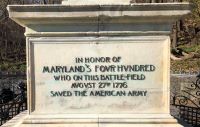
The Maryland governor, Maryland National Guard, and Maryland State Police should be invited to participate plus all re-enactors from the state.
For the crossing of the East River in a fog under the leadership of John Glover of Massachusetts, we should have a night walk across the Brooklyn Bridge. We should invite the Massachusetts governor, state national guard, and police to participate plus re-enactors from the state.
Although it is not in New York City, Fort Ticonderoga conducted a two-day program for the re-enactment of the invasion of Canada in 1775.
September 7-8 The attack on the British ships in the harbor by the submersible Turtle should be commemorated. The replica built by a Connecticut high school should be brought to New York and displayed at the Seaport Museum.
September 15 The British amphibious landing at Kip’s Bay should be replicated in another ferry boat excursion
Central Park American Revolution forts – report by archaeologist Richard Hunter
September 16 Battle of Harlem Heights – flyer for an event no longer commemorated
November 16 Battle of Fort Washington – I am not aware of any commemoration of this event. However the legacy of Margaret Corbin is maintained. She filled in for her killed husband and is now buried at West Point.
See also “Walking the American Revolution” (article) by Robert Sullivan (December 25, 2015, New Yorker).
There should be a symposium on the British occupation of New York.
In the full page article “Happy Birthday, USA (October 19, NYT, print) includes the impressive programs of New York Historical.
The above represents a wish-list of what could and should be done to commemorate New York City’s central role in the American Revolution in the second half of 1776. We will never have this opportunity again in the celebration of the American Revolution from now until Evacuation Day, November 25, 1783.
